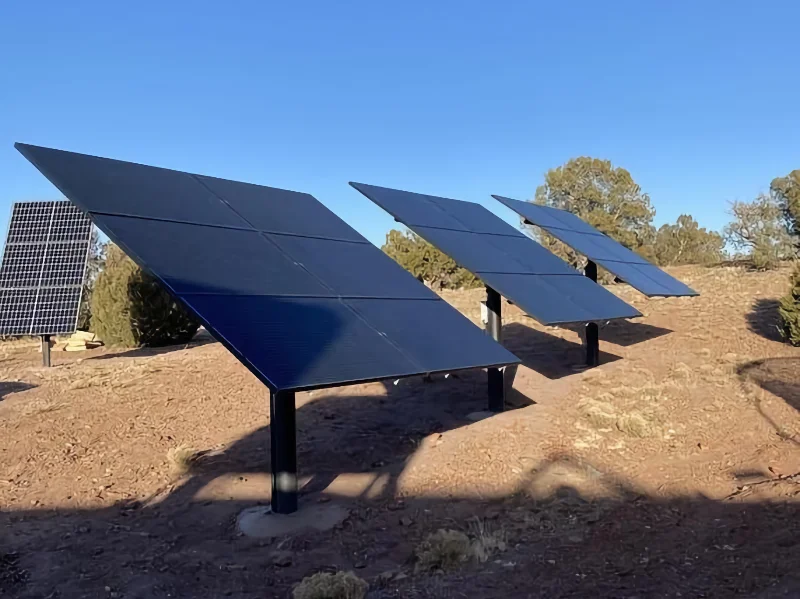
Our top-of-the-line solar panels offer the highest efficiency and longest lifespan in the industry. Designed to withstand various weather conditions, these panels will provide reliable energy for years to come.
Our inverters are designed for energy efficiency and reliability, with a long lifespan and low maintenance costs. They seamlessly convert DC power from your solar panels to AC power for your home.
Our battery solutions are built to last, providing reliable energy storage for your off-grid system. With various capacities available, we can tailor a solution to meet your specific energy needs.

Our expert installation team ensures your solar system is set up correctly and efficiently. We handle everything from initial assessment to final setup, making your transition to solar power smooth and hassle-free.
Let's start your journey to energy independence